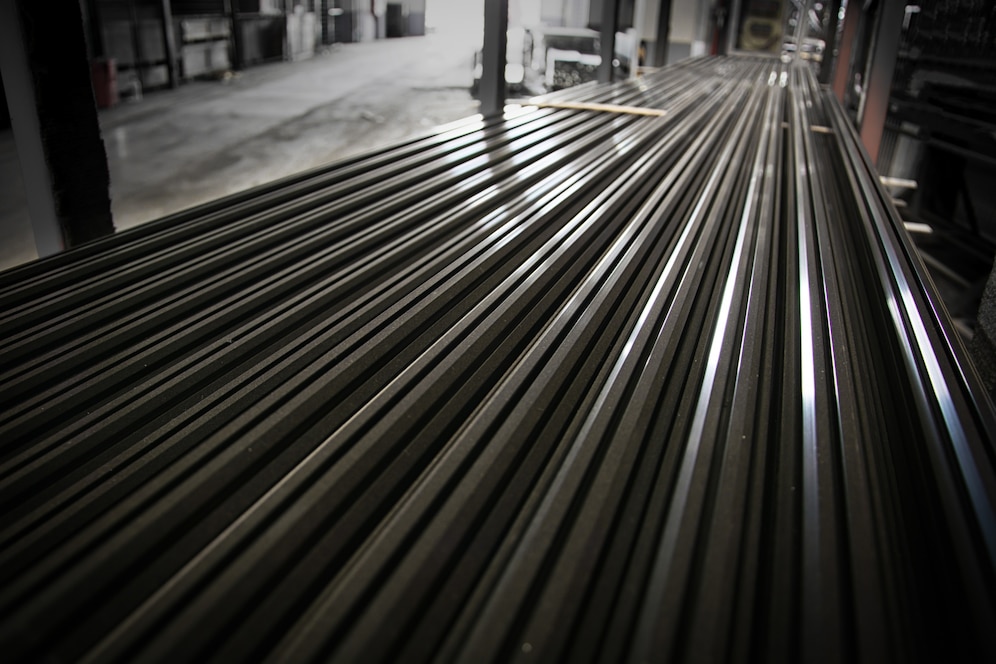Introduction
Quality control is critical to sheet metal fabrication, ensuring that the final products meet the required standards and specifications. This article emphasizes the importance of quality control in sheet metal fabrication, discussing various methods and practices to achieve consistent and high-quality outcomes. Implementing robust quality control measures can significantly enhance manufacturing processes and product reliability.
Inspection Techniques for Ensuring Precision
Inspection is a fundamental component of quality control in sheet metal fabrication. Various inspection techniques are employed to ensure precision and accuracy in fabricated parts. These techniques include visual inspection, dimensional inspection, and non-destructive testing. Visual inspection involves examining the surface and edges for defects, while dimensional inspection uses tools like calipers and micrometers to measure dimensions. Non-destructive testing, such as ultrasonic and radiographic testing, detects internal defects without damaging the part. Utilizing these inspection techniques ensures that fabricated parts meet the specified standards.
Importance of Material Selection
Material selection plays a crucial role in the quality and performance of fabricated products. Choosing the right material ensures that the final product has the desired properties, such as strength, durability, and corrosion resistance. Factors to consider include the type of metal, thickness, and surface finish. Conducting material tests, such as tensile and hardness tests, helps in selecting the appropriate material for the specific application. Proper material selection is essential for achieving high-quality and reliable fabricated products.
Implementing Continuous Improvement Practices
Continuous improvement practices are vital for maintaining and enhancing quality control in sheet metal fabrication. These practices involve regularly evaluating and refining fabrication processes to eliminate defects and improve efficiency. Methods such as Six Sigma and Lean Manufacturing provide structured approaches for continuous improvement. Six Sigma focuses on reducing variation and defects, while Lean Manufacturing aims to eliminate waste and optimize processes. Implementing these practices ensures ongoing quality improvement and operational excellence.
Conclusion
Quality control is essential in sheet metal bending to ensure that products meet the required standards and specifications. By employing effective inspection techniques, selecting the right materials, and implementing continuous improvement practices, manufacturers can achieve consistent and high-quality outcomes. This article highlights the importance of quality control, providing valuable insights for enhancing your sheet metal fabrication processes.









